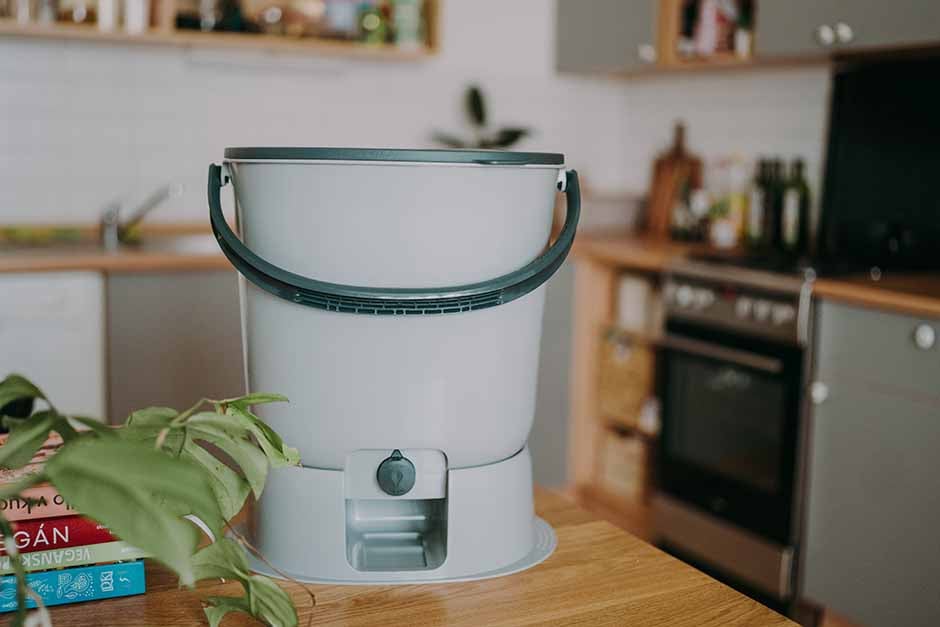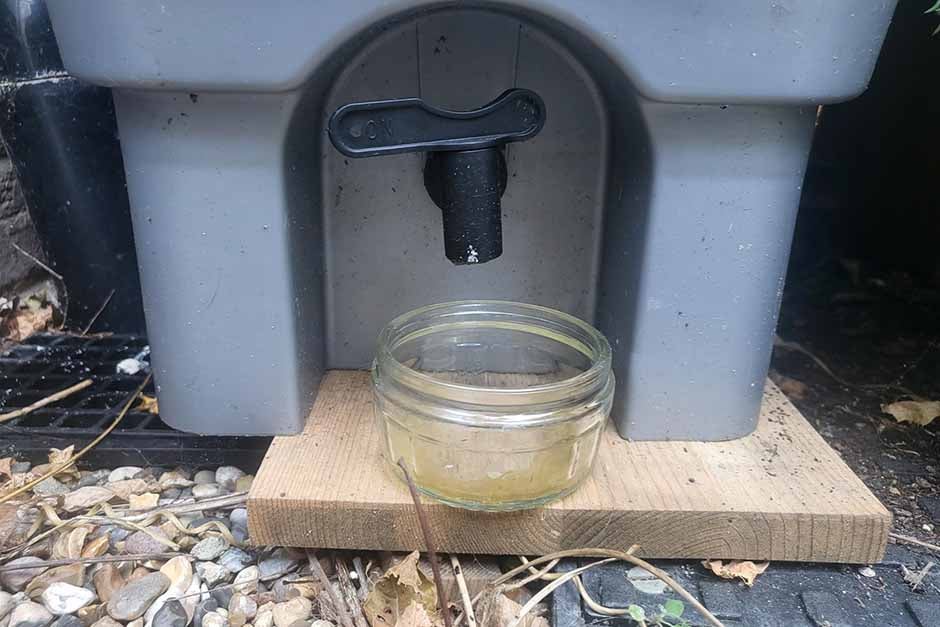Find out everything you need to know about the process which can recycle food waste from left over pasta and stale bread to cooked meat and vegetables

What is bokashi?
Bokashi originated in Korea where it was a traditional method used in agriculture, but it was popularised in Japan in the 1980s as a convenient way to recycle a wide range of food waste without emitting harmful gasses or suffering nitrogen loss. It is an anaerobic form of composting as the process relies on the exclusion of air, unlike traditional hot composting which needs air for microorganisms to break down food. As the product of bokashi is not fully broken down, it is not technically composting on its own.

The system uses ‘bran’ – a medium such as rice, wheat or sawdust, inoculated with bacteria which ferments food waste. This ‘pickles’ the waste, creating the by-product ‘bokashi tea’, which can be diluted and used as a plant food, or can be used neat to help unblock drains. After around two weeks the food waste will be at a pre-compost stage. It will look like picked food rather than compost and it can either be added to a compost bin – where it will break down very quickly – or buried directly into the ground and left for two weeks before planting.
Why use bokashi if it still needs to be composted?
- The bokashi process means a far wider range of food waste can be composted than in a traditional compost heap, which doesn’t allow cooked food or meat. So it’s a good way to maximise how much food waste you are able to compost.
- The bokashi process releases practically no harmful emissions and keeps all the nutrients in the nutrient cycle – including a rich by-product in the bokashi tea.
- Bokashi ‘pre compost’ breaks down very quickly when added to a compost bin or buried in the ground.
How it works:
There are lots of bokashi kits you can buy and they generally all consist of two air-tight buckets with a drainer tray and a tap. There is usually also a supply of bokashi ‘bran’ with a scoop and a tool for pushing down the food waste to get rid of air pockets.
- Start with an empty bin and add a sprinkling of bokashi bran. Then start adding food waste. It helps to cut up larger pieces as the greater surface area aids the fermentation process.
- With every 3-4 cm of food, sprinkle a handful of branon top.
- Keep pushing down the food to ensure that there are no air-pockets. Also remember to keep the airtight lid on to exclude air.
- Remember to keep draining the bin of any ‘bokashi tea’ every couple of days. This can be diluted 1:10 and used to feed plants with watering or as a foliar spray.
- When the bin is full, leave it for around two weeks (during which you can start filling the second bin) before emptying the fermented contents to a compost bin, or digging it directly into the ground. Remember to keep draining the ‘bokashi tea’.
Frequently Asked Questions:
 Where should I keep my bokashi bin?
Where should I keep my bokashi bin?
This varies around what works best for you. Some people keep their bin under the sink, or next to their other bins. Wherever is convenient for you to add scraps regularly. Make sure that your bin is out of direct sunlight.
What can I put in a bokashi bin?
You can put nearly all your food waste into your bokashi bin. It is best to avoid putting in too much liquid, especially large amounts of oil or grease. Mouldy or rotten food can affect the process, so are best avoided. Larger bones will take a long time to break down, so are best broken up before adding or left out.
Does bokashi have an odour?
Bokashi smells acidic, and slightly sweet, like vinegar. If the bin smells worse it may be that the food is rotting rather than fermenting and you need to start again adding more bran.
How much do bokashi bins cost?
There are lots of bokashi kits available to buy and these can range widely in price from £30-£100. After the initial cost, the only expense is the bokashi bran which is around £6/kg, but can be cheaper if you buy in bulk. Allow for using 1kg of bran every three months.
What if mould starts appearing?
As white mould is a fungus, it is a good sign that your food is fermenting rather than rotting. However, white mould can also suggest that the bin may not be airtight, so make sure that the lid is sealing correctly. If you have black or green mould, that means that the food is rotting rather than fermenting. If there is only a little of the dark mould, you may be able to correct this by adding more bran. If there is a lot, you will need to throw away or compost the contents and start the bokashi bin again, remembering to add more bran.
How much bran should I add?
It is recommended to add a handful of bran for every inch of food waste.
What should I do after the 2 week fermentation time is up?
As the food waste doesn’t break down in the bokashi bin, it needs a further stage of composting. The ‘pre compost’ produced after two weeks fermenting will however, break down quickly when added to a compost bin or dug into the ground. As it is very acidic at first, it is recommended that the pre-compost is not in direct contact with plants immediately so if you do dig it into the ground, leave it two weeks before planting on top.
Want to know more?
Listen to the Gardening with the RHS podcast with a segment all about tackling food waste head-on. Jenny Laville and composting guru Heather Gorringe from Wiggly Wigglers break down worm farms, compost heaps, and bokashi bins to help you turn scraps into garden gold.
You may also be interested in...

